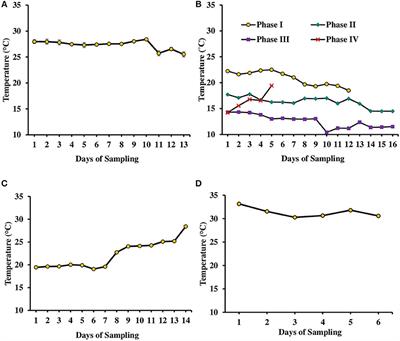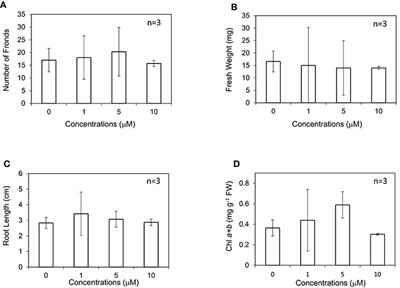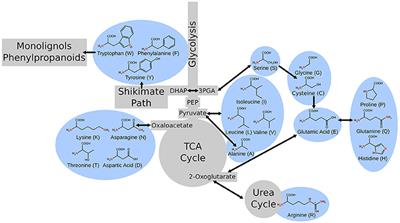EDITORIAL
Published on 25 Nov 2020
Editorial: Duckweed: Biological Chemistry and Applications
doi 10.3389/fsufs.2020.615135
- 2,171 views
- 2 citations
27k
Total downloads
198k
Total views and downloads
You will be redirected to our submission process.
EDITORIAL
Published on 25 Nov 2020
ORIGINAL RESEARCH
Published on 29 Oct 2018

ORIGINAL RESEARCH
Published on 15 Oct 2018

ORIGINAL RESEARCH
Published on 26 Jul 2018

ORIGINAL RESEARCH
Published on 25 Jul 2018

ORIGINAL RESEARCH
Published on 20 Jul 2018

ORIGINAL RESEARCH
Published on 12 Jul 2018

ORIGINAL RESEARCH
Published on 09 Jul 2018

ORIGINAL RESEARCH
Published on 21 Jun 2018

REVIEW
Published on 20 Jun 2018

ORIGINAL RESEARCH
Published on 14 Jun 2018

ORIGINAL RESEARCH
Published on 31 May 2018


Frontiers in Sustainable Food Systems